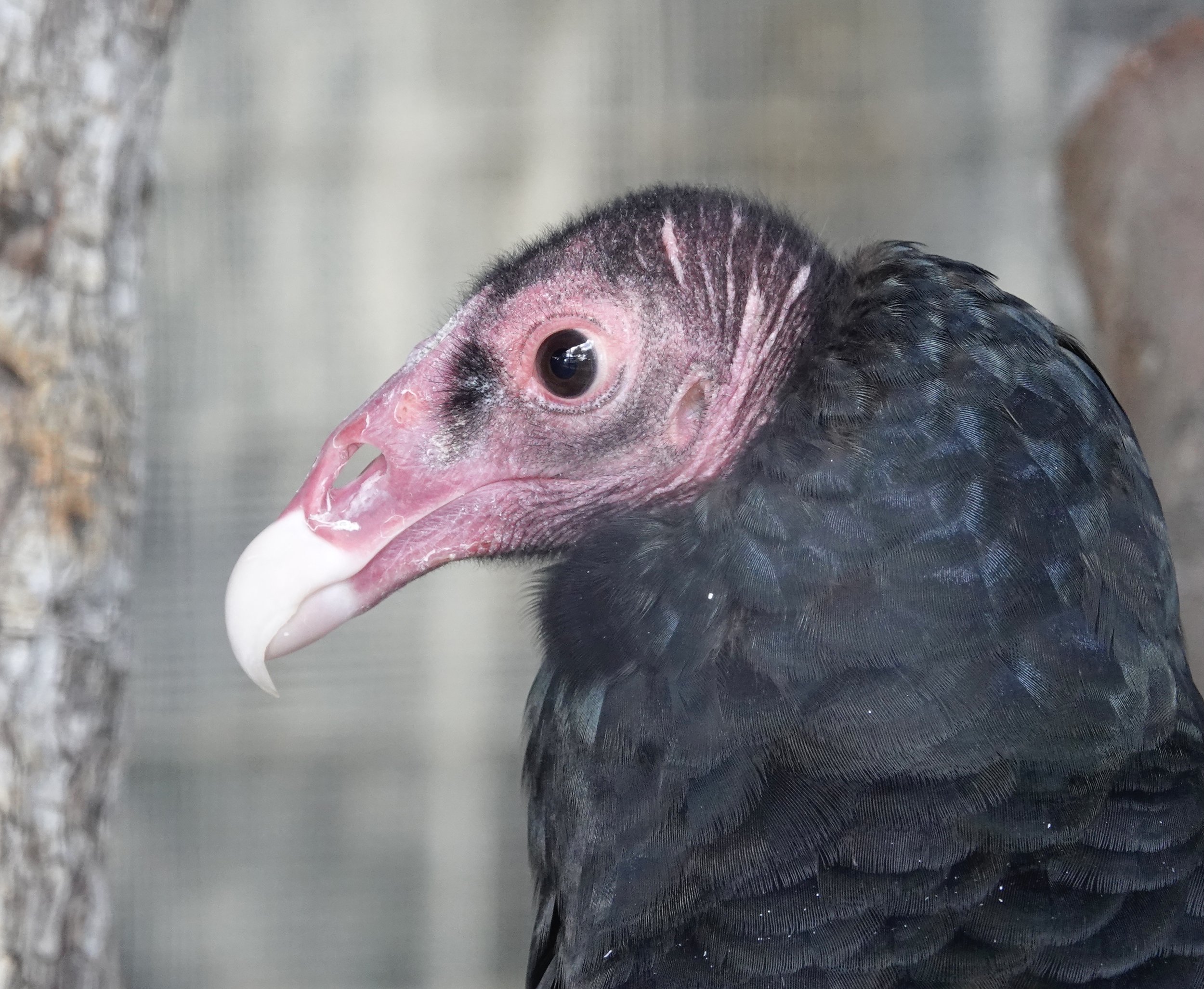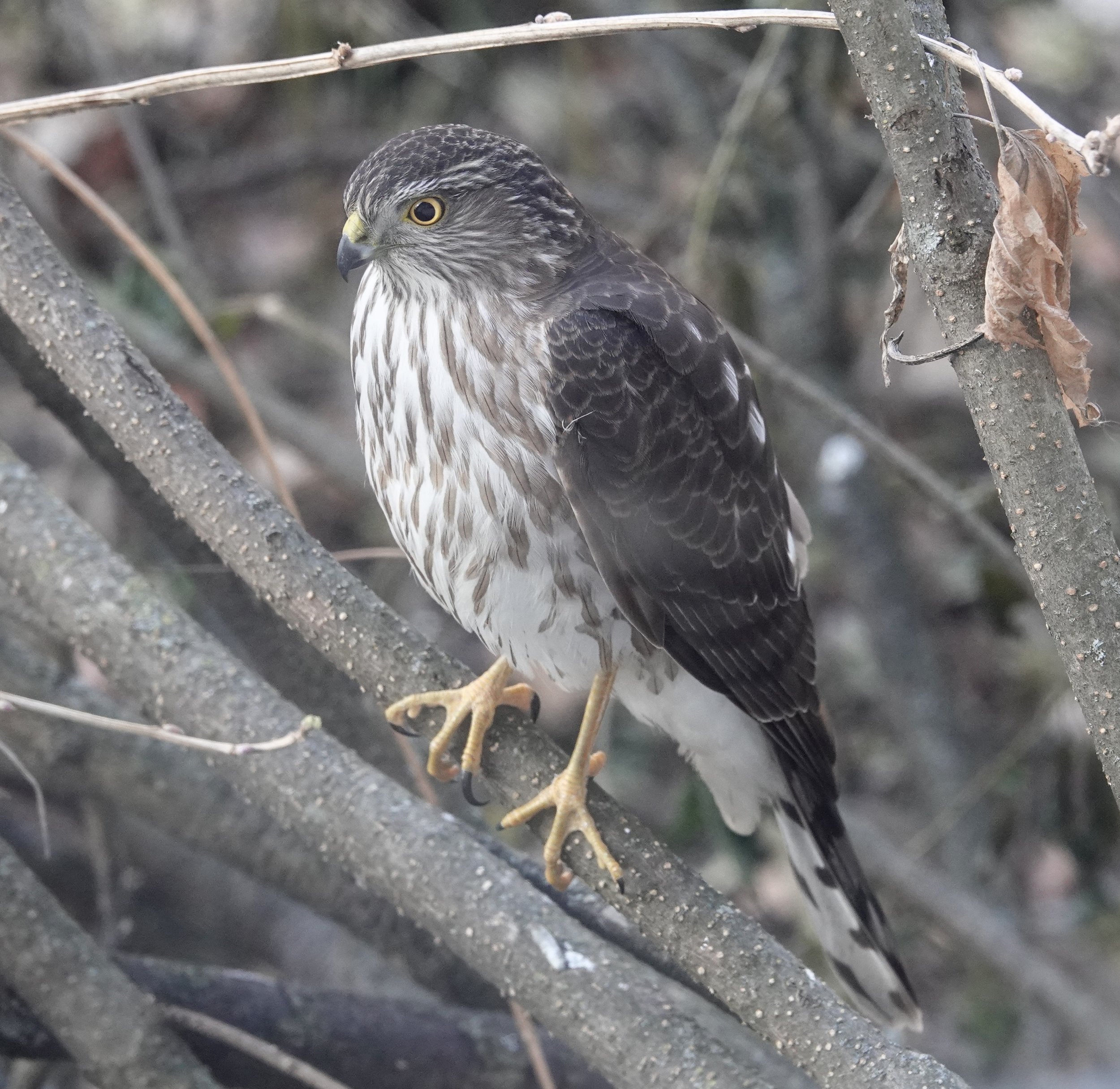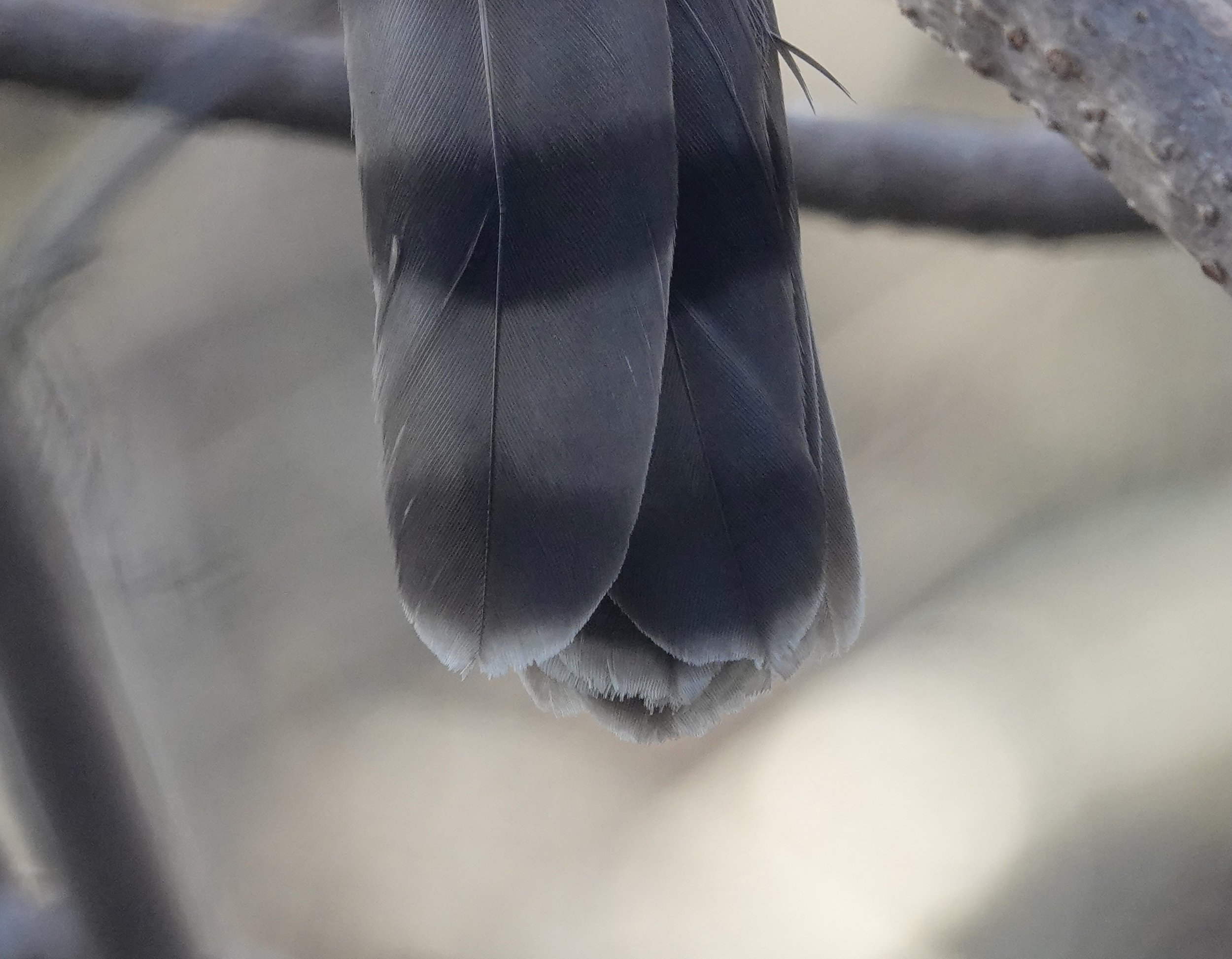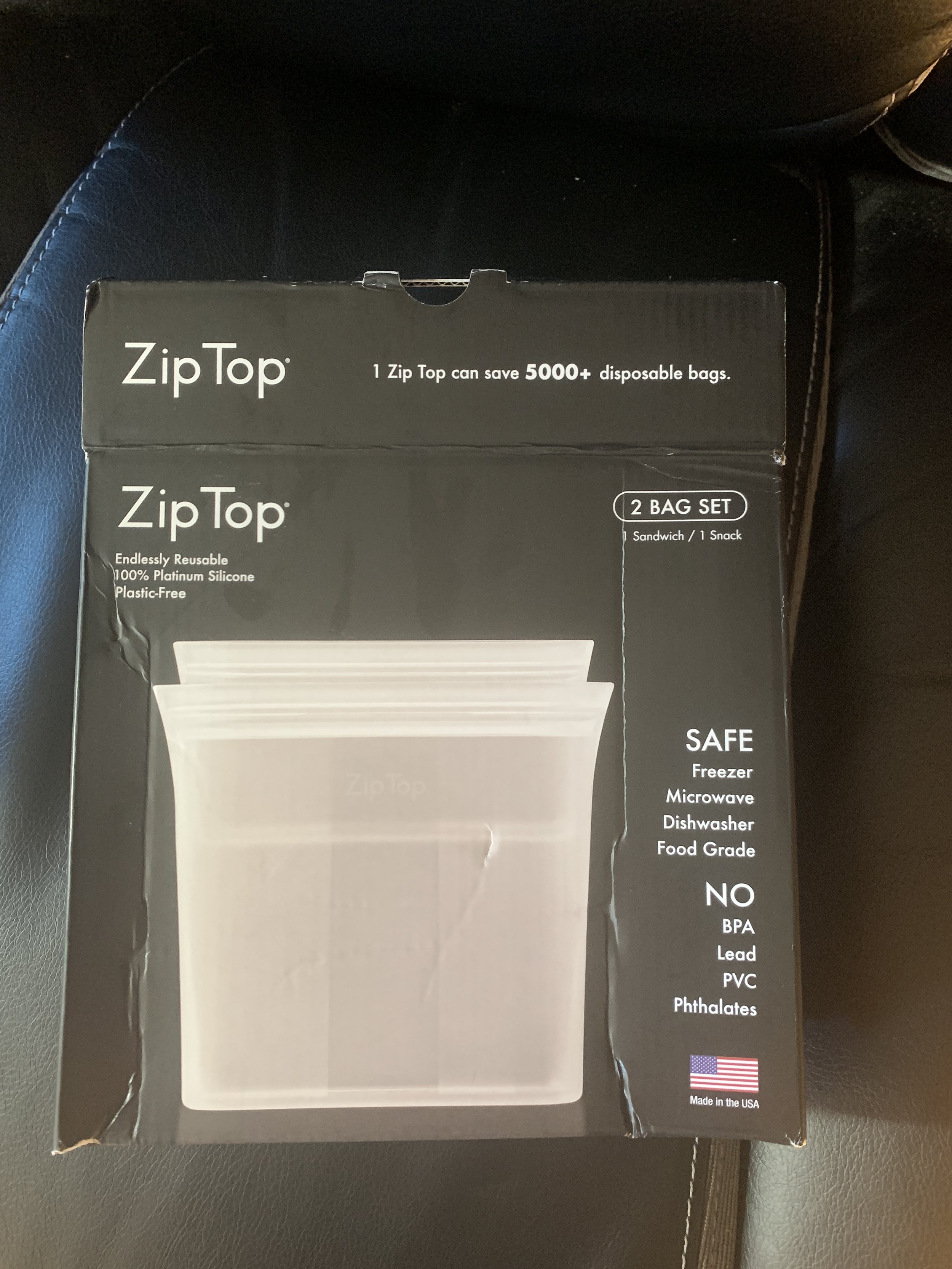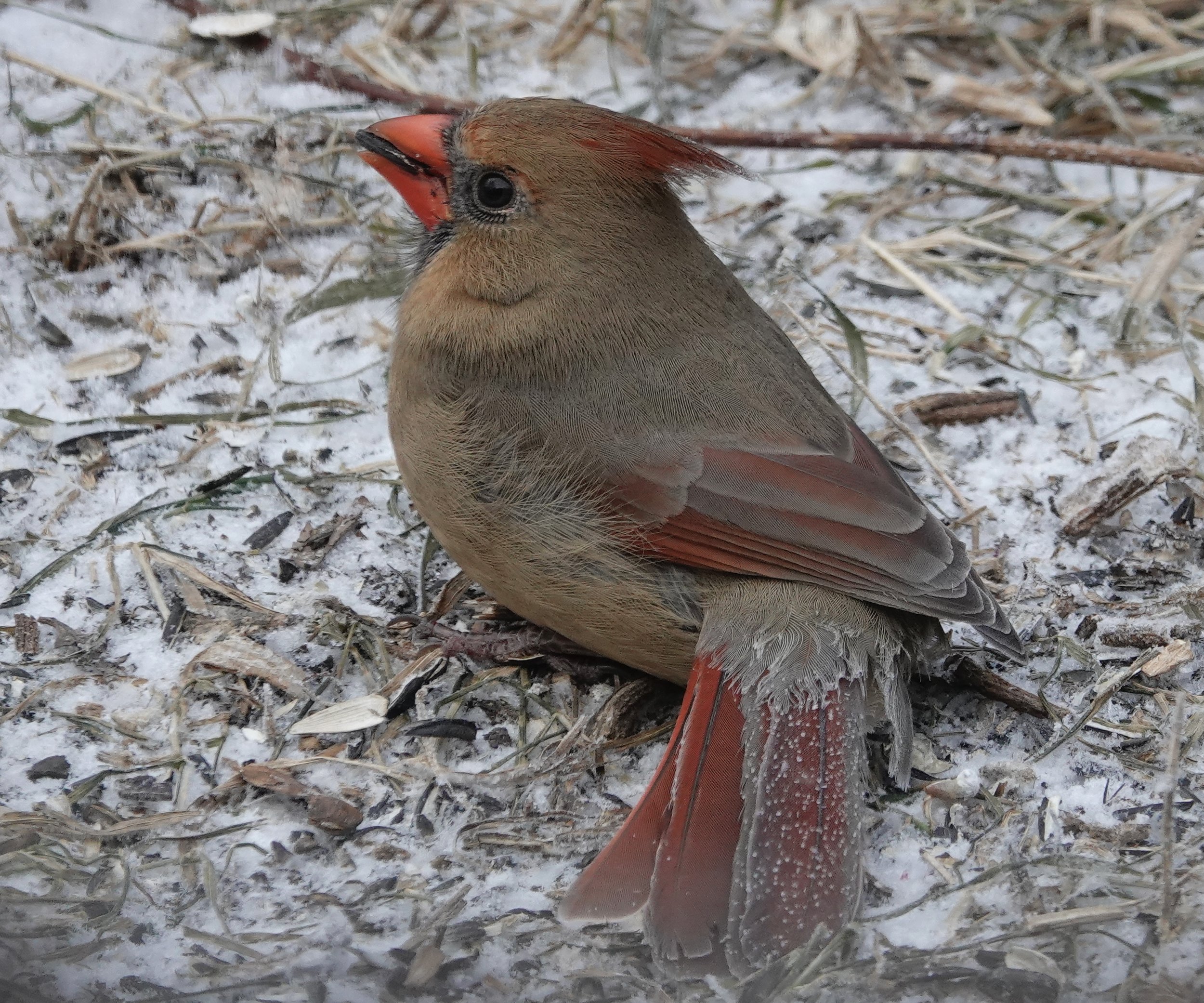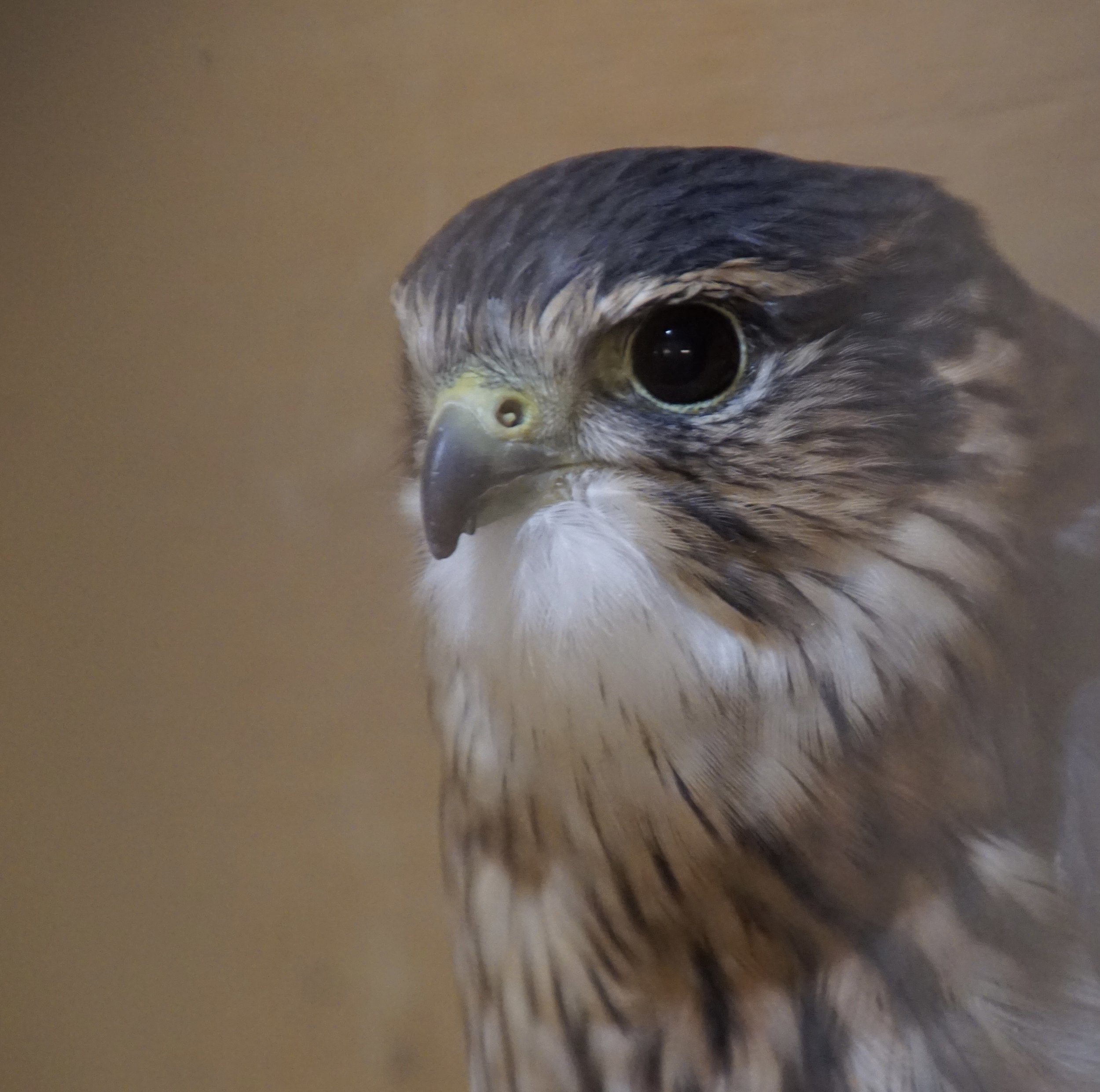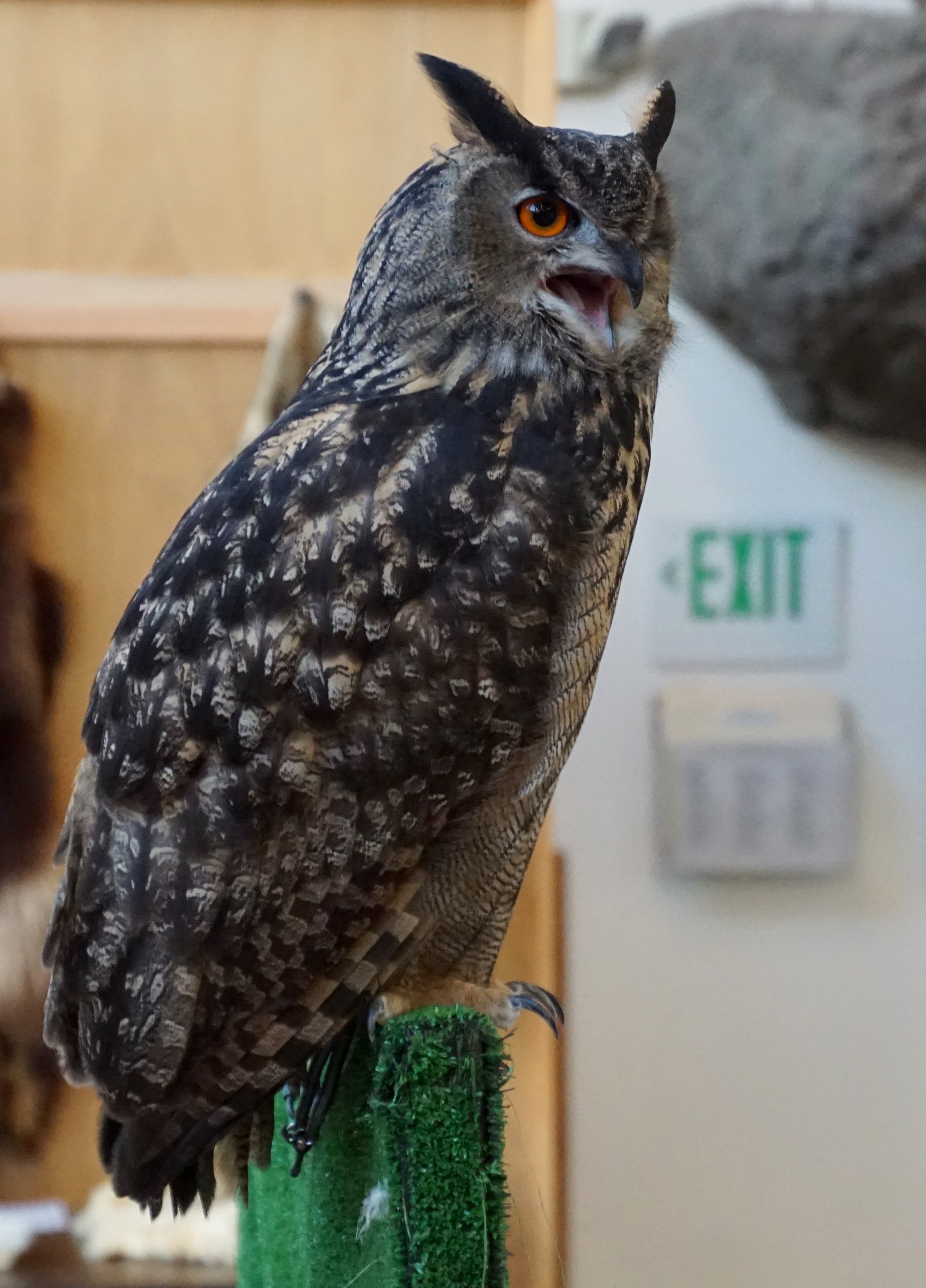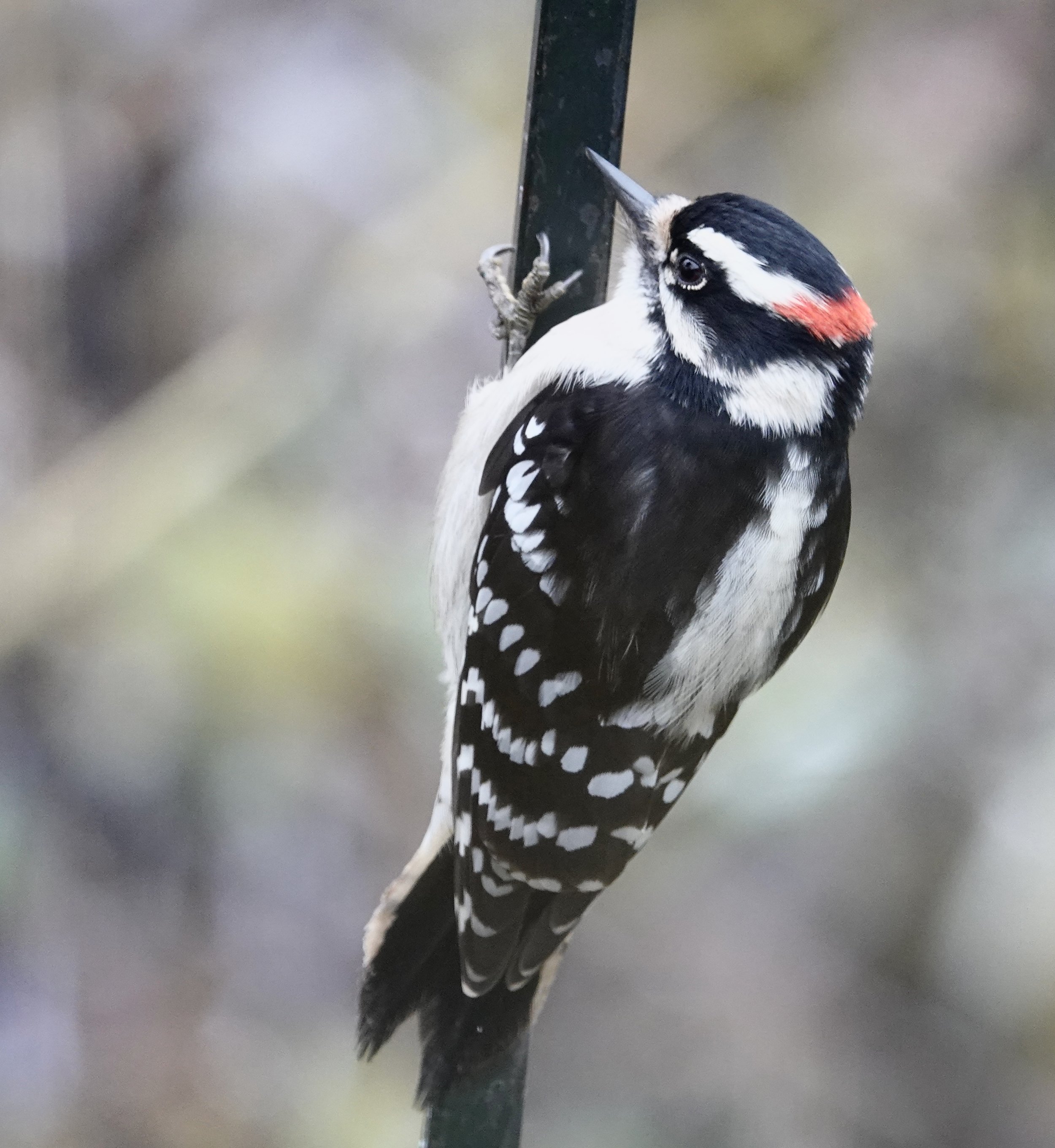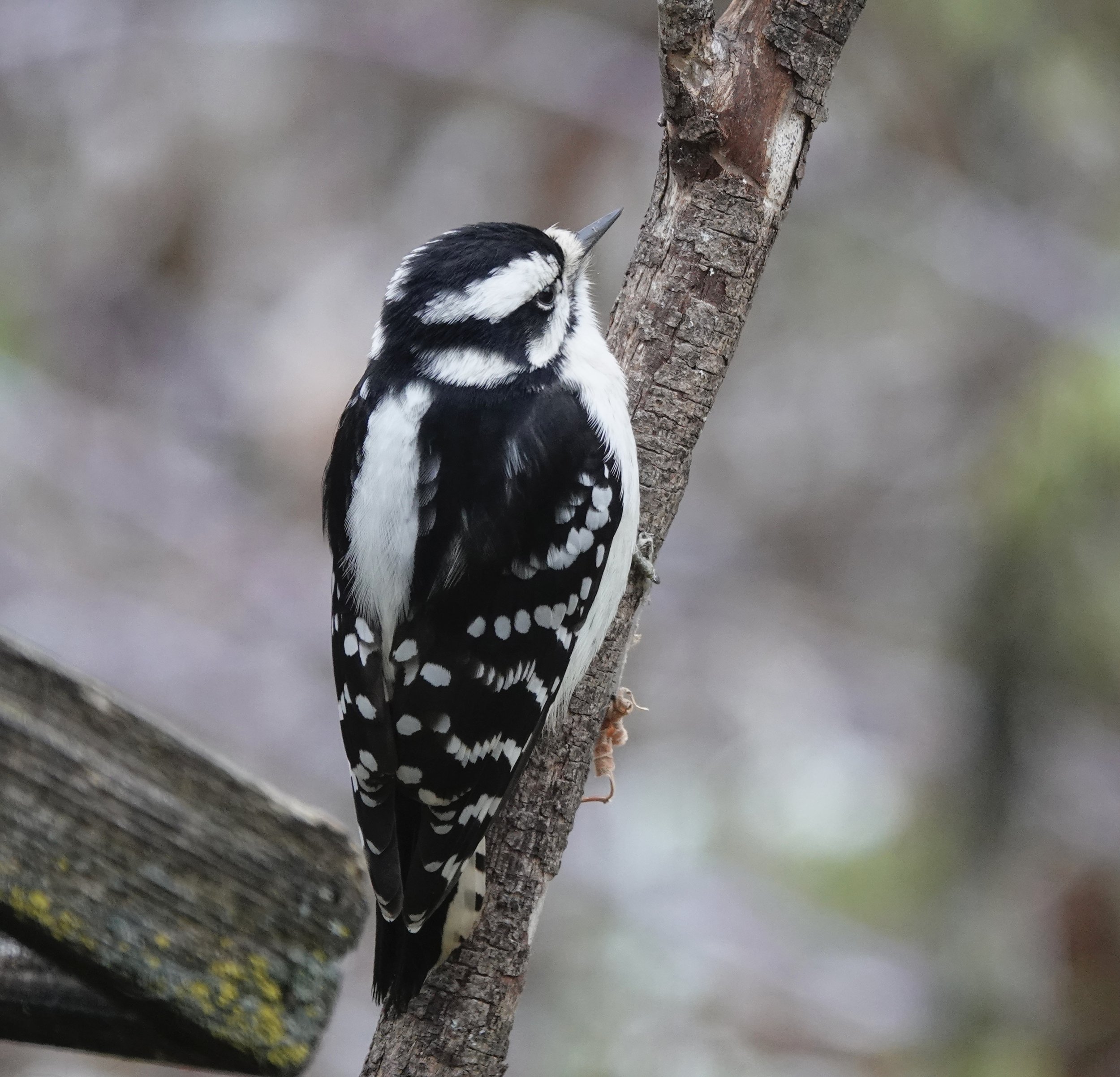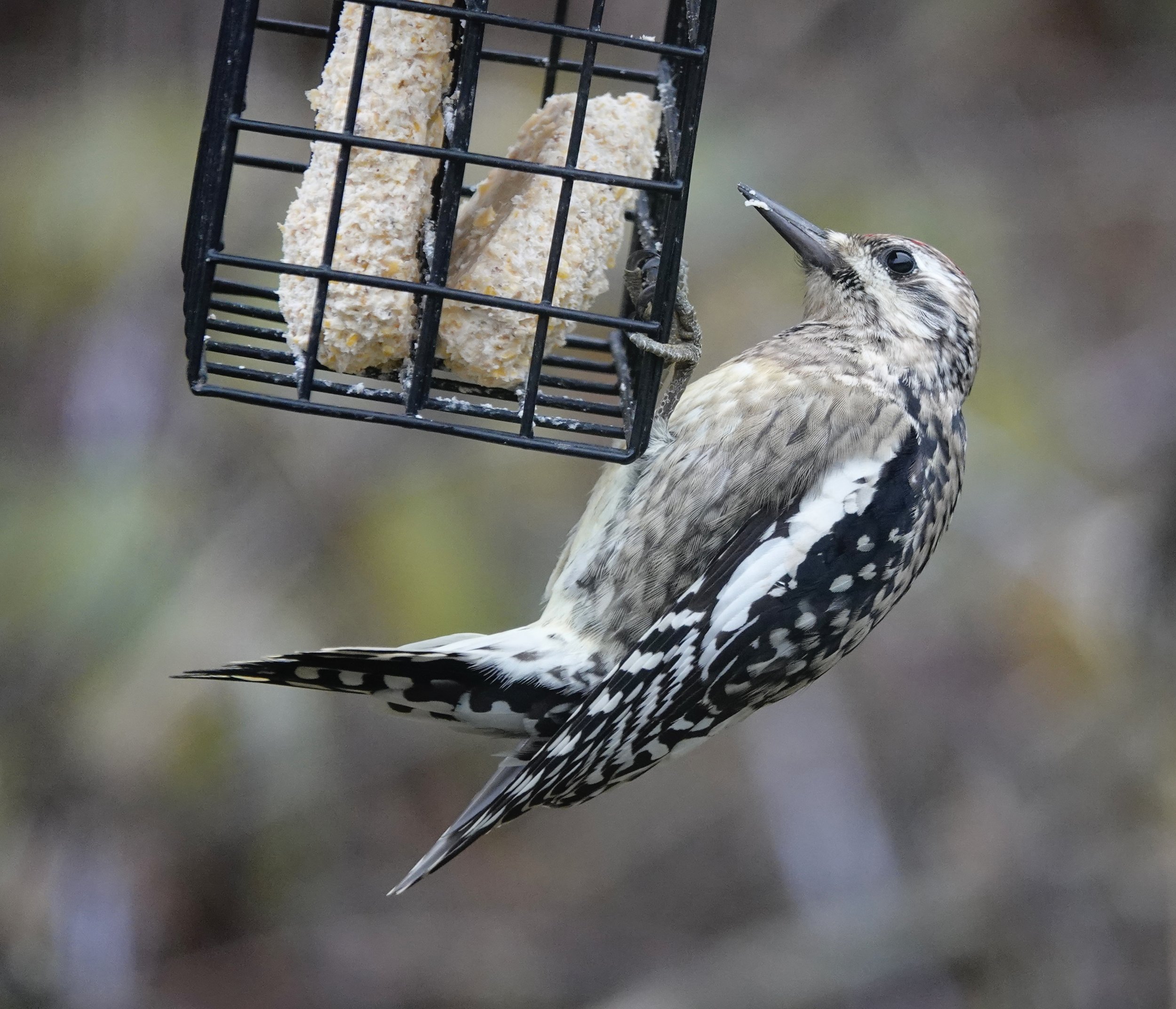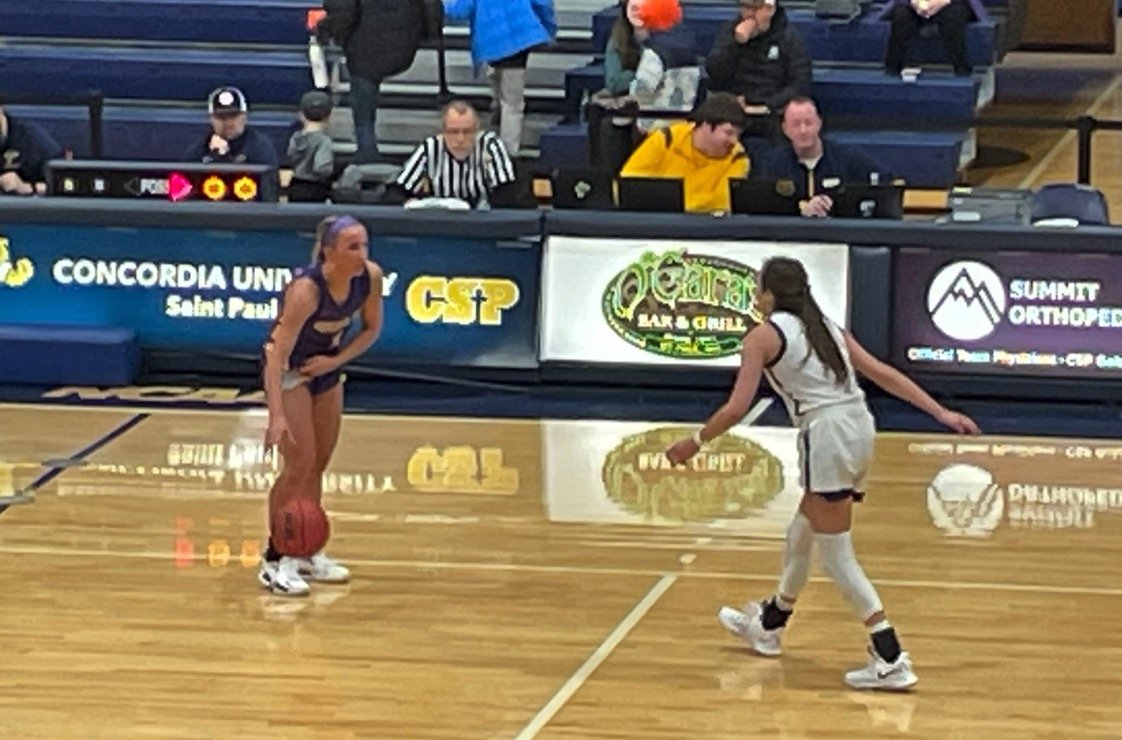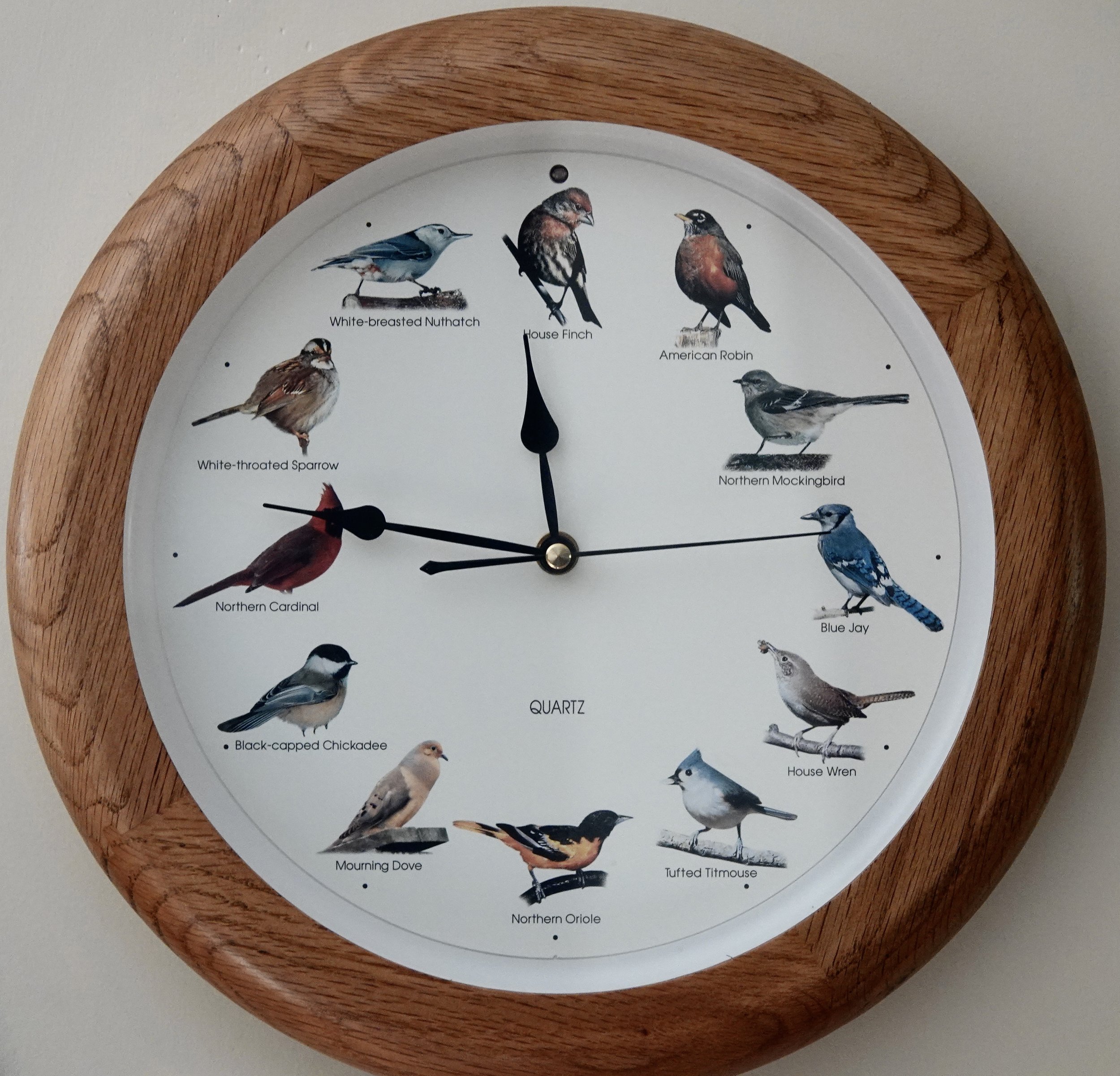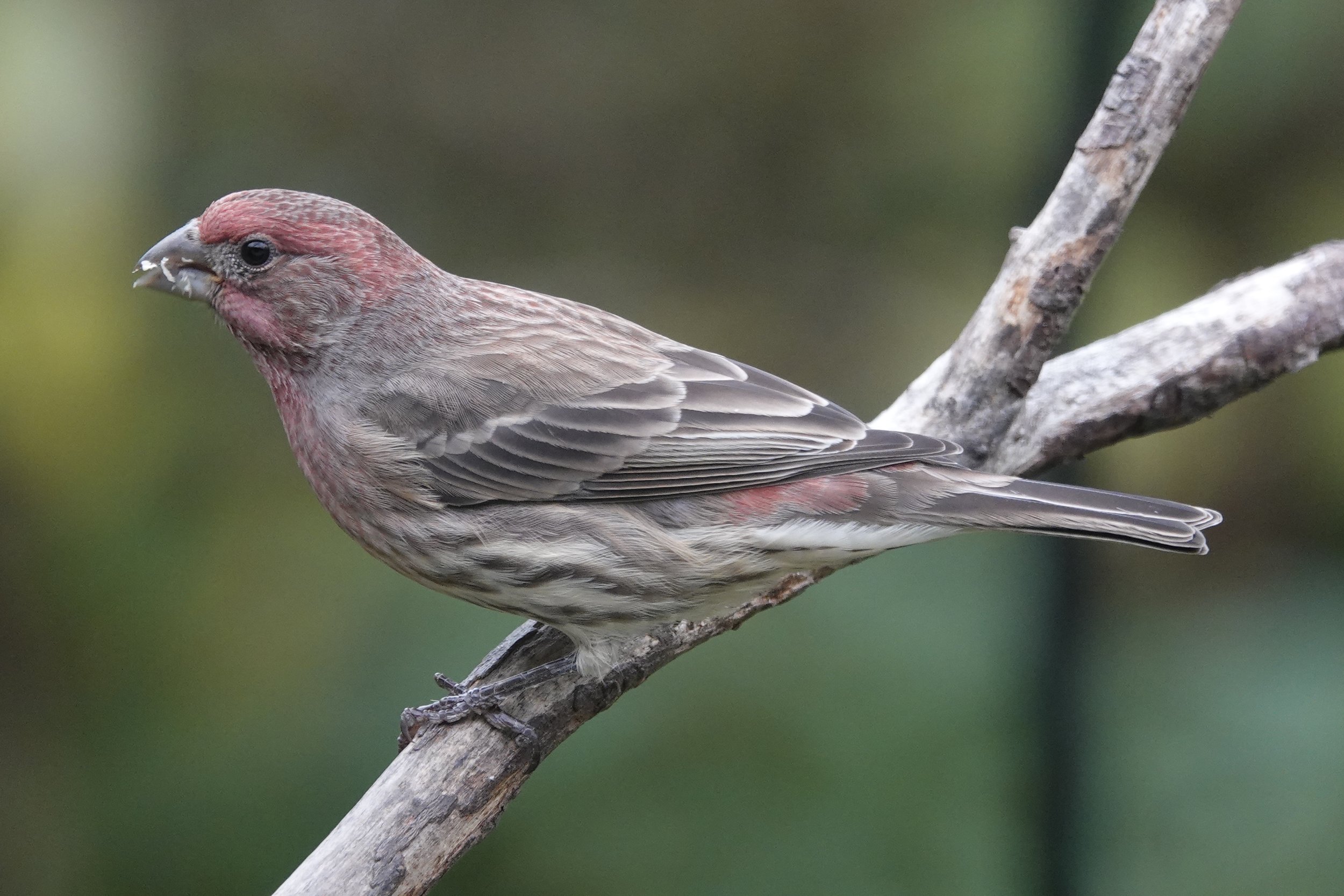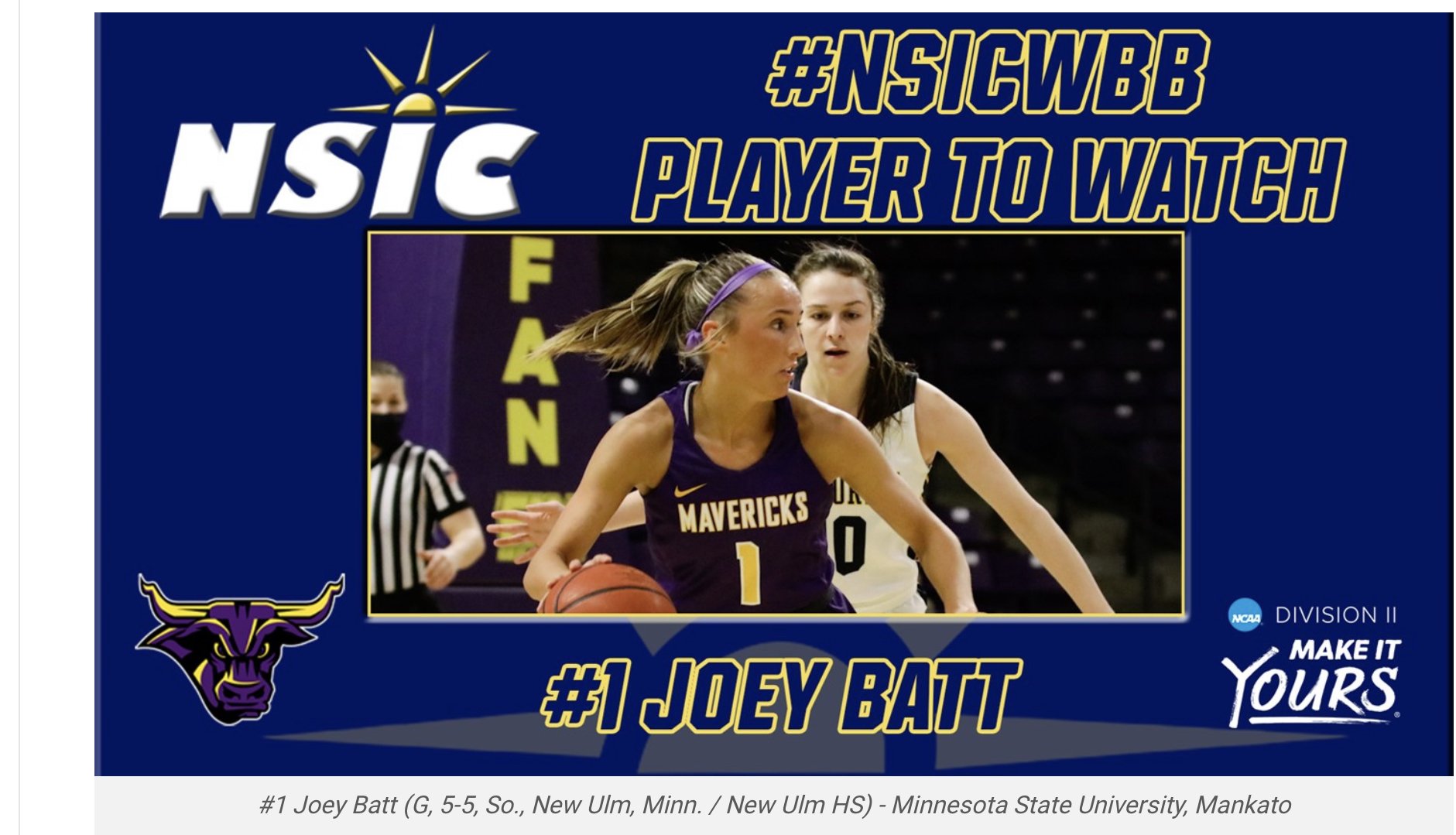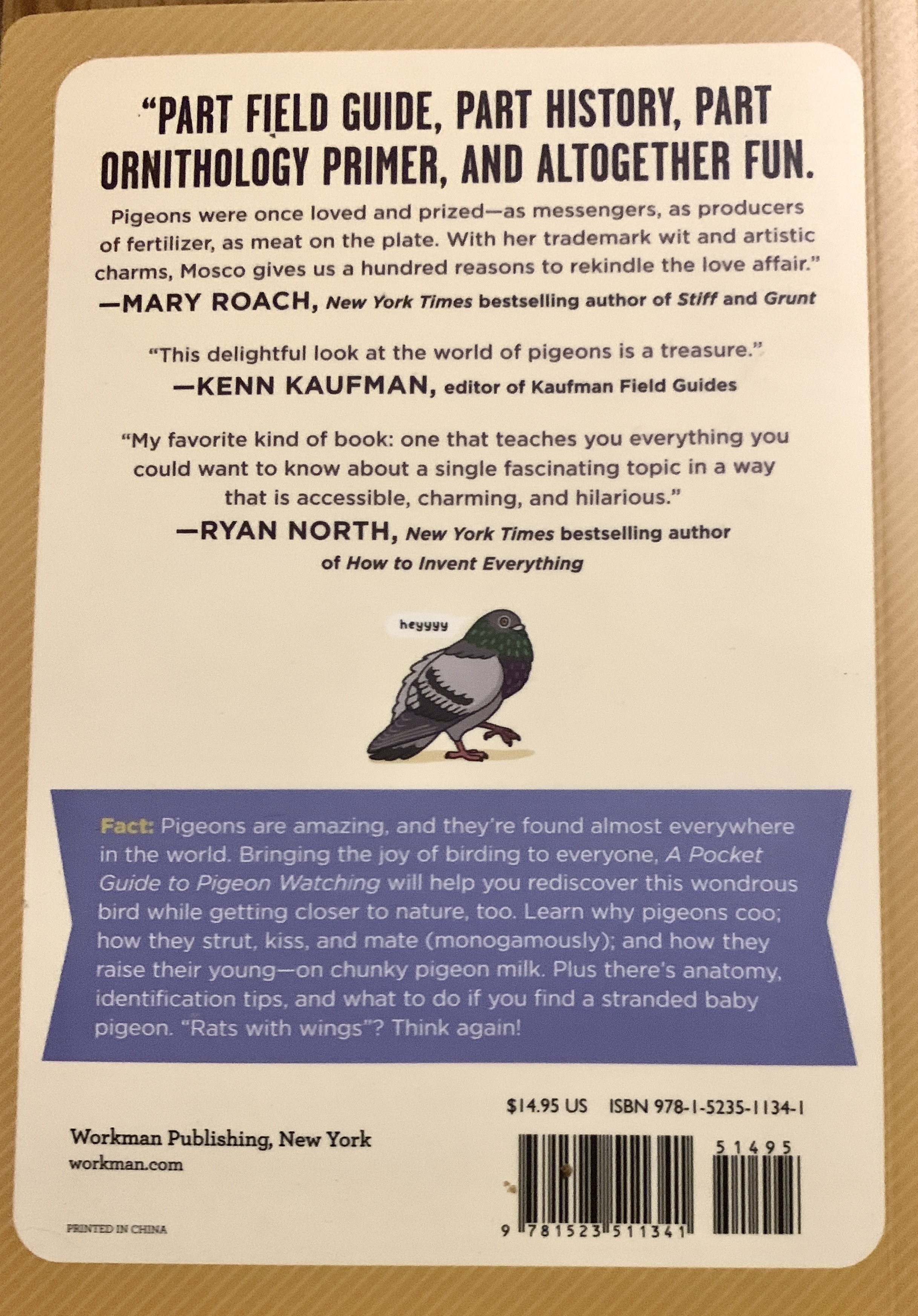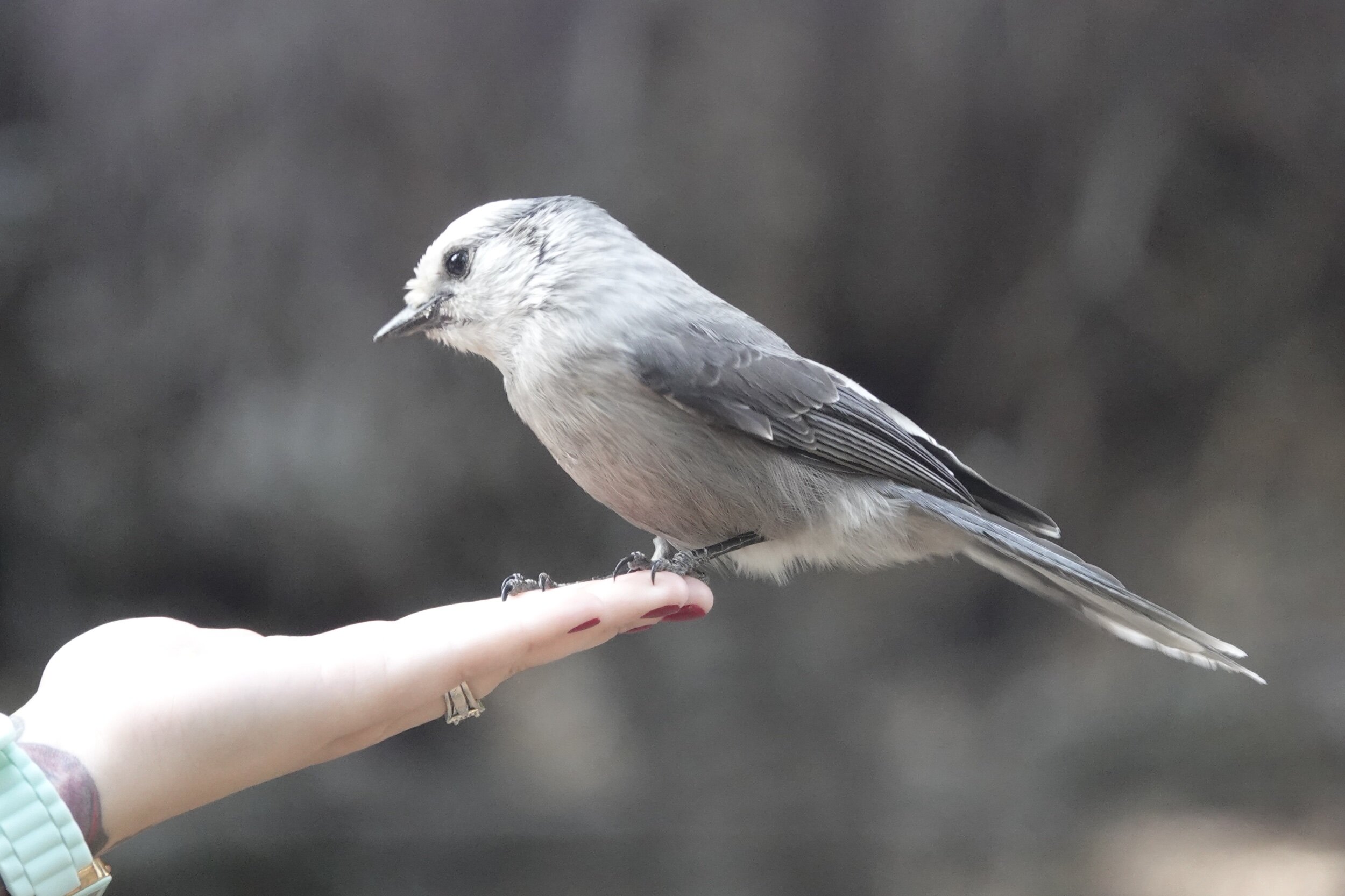A cold case investigation discovers the answer.
The turkey vulture is unable to find a parka or a stocking cap to fit it properly, so we must make do without its company during the winter. Photo by Al Batt
Naturally
The feeders were bustling. “You eat like a bird,” an aunt was fond of telling me when I picked at my food when I was a boy. I was trying to locate and disarm anything that might have been good for me. But I didn’t eat like a bird. A chickadee may eat 35% of its weight in food each day and a blue jay might eat 10% of its weight. Generally, the smaller the bird, the greater percentage of its body weight is its daily food intake. They need more calories in cold weather.
It was 20° and the house sparrows were taking baths in, appropriately, a birdbath. The members of this avian polar bear club plunged in, flew out, shook off the water and warmed up. I’ve heard of several instances when a bird suffered from bathing in freezing temps. That might have been due to the steam produced by a birdbath’s water heater or perhaps the birds were ill. I see songbirds bathing in naturally occurring water in winter. There is usually no steam to worry about there. Birds have instincts and anatomy on their side.
A fox squirrel found its way to the roof of our house. It began running laps and sounded like something between an immense buffalo herd or wingtip shoes in the dryer.
Birding isn’t rocket science, but I birded in North Dakota with an actual rocket scientist.
My memory is excellent. I was talking to Dennis and Larry. I mentioned the time we had birded Seed Savers Exchange in Decorah, a place that preserves the past in heirloom seeds. Larry remembered our birding adventure. Dennis didn’t because he wasn’t along. I remembered him being there. Maybe my memory is too good.
Q&A
“Where do birds go at night during the winter?” As mentioned earlier in this column, birds have anatomy and instincts on their side. They find a protected place to roost, where they are sheltered from the weather and safe from predators. These could be cavities, tree trunks or branches, buildings or dense evergreens. I’ve watched pheasants and turkeys fly high into trees and hunker down for a long night. Crows form communal roosts and waterfowl rest on water. There are outliers, like grouse and redpolls that burrow into the snow. People get puffier in the winter by donning puffy coats. Birds tend to get puffier in winter. A bird’s body heat warms the air between its feathers. Birds fluff up in the cold to trap air in their feathers. The more trapped air, the warmer the bird. They make do.
Amos Vogel of Morgan asked where the white goes when the snow melts. Snow looks white because ice crystals reflect light better than water does. Water transmits light, allowing it to pass through. The microscopically rough surfaces of ice crystals act as tiny mirrors. Light is scattered instead of passing through. When something reflects all the colors of light and doesn't absorb any, you see an object as white—so snow looks white. Snow has so many ice particles that the light bounces around until it combines again and is reflected as white light. When the snow melts into water, there are no more ice particles to bounce the light off and reflect as white light. Most of the light passes through the water unreflected.
"Why don't turkey vultures stay here all winter?" The turkey vulture lacks the bill necessary to pierce the thick hide of dead animals. They prefer fresh carcasses, but sometimes have to wait for the skin to soften. Since most road-killed creatures suffer wounds that create large gashes or openings in the body cavity, the mangled remains are an ideal source of food for this bird. When coyotes tear open the remains of a deer, it prepares a carcass for a vulture's visit. When the weather is freezing, the bills of vultures aren't powerful enough to break into frozen carcasses to feed. Vultures migrate south to warmer temperatures where food is available to them. They move south not only in response to a drop in temperature, but also because of snow cover, winter storms and frozen carcasses that are hard for them to eat. Well-fed individuals are cold-hardy in captivity. The vulture culture is to purge the landscape of carrion. This member of nature’s clean-up crew is more than an avian garbage disposal unit. Their teetering presence in the sky is a beautiful thing to see for anyone willing to look.
Thanks for stopping by
“I took a walk in the woods and came out taller than the trees.”—Henry David Thoreau.
“If today you are a little bit better than you were yesterday, then that's enough. And, if tomorrow you are a little bit better than you were today, then that's enough.”—David A. Bednar.
Do good.
©Al Batt 2021
A Harris’s Sparrow is always a treat to see on a Christmas Bird Count in Minnesota.
American White Pelicans on a December 31, 2021 Christmas Bird Count in Minnesota. Brrrrrilliant!
I’d heard a chickadee singing its fee-bee song, “Spring’s here,” yesterday. I love the tiny bird’s optimism.
I think female Northern Cardinals are exquisite.
Some days are cold enough to avoid any other adjective than “cold.”
Minnesota State lost their first game of the season to Concordia-St. Paul 85-83. Joey Batt, with the basketball, had 19 points, Emily Russo 16 and 8 rebounds, and Maddy Olson added 10 points.
Minnesota State lost to UMD 61-52. Maddy Olson led the Mavericks with 23 points, Joey Batt (pictured) had 13 points and four assists, and Emily Russo grabbed eight rebounds. The Mavs were missing two starters in this game against an excellent UMD squad.

